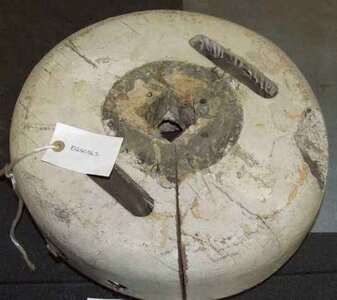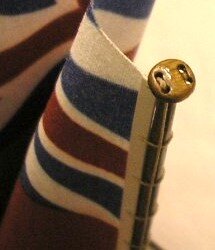- Joined
- Jan 1, 2018
- Messages
- 51
- Points
- 68

 I have had some great help and advice before on this forum. Shown in the diagram is the upper portion of a fore topgallant mast with two sheaves ... and that is my problem. I can see that the upper sheave would be for the flag halliard used in lowering and raising the flag. Often this sheave (s) would be mounted either side of the mast but no problem so far.
I have had some great help and advice before on this forum. Shown in the diagram is the upper portion of a fore topgallant mast with two sheaves ... and that is my problem. I can see that the upper sheave would be for the flag halliard used in lowering and raising the flag. Often this sheave (s) would be mounted either side of the mast but no problem so far.What I cannot relate to is the use for the lower sheave. I suspect that I know very little about flag rigging so is there anyone in the forum able to give some practical advice re the bottom sheave - maybe they work in tandem but I just cannot resolve it. I tend to over-think things and could just ignore that bottom sheave. All other stays, backstays, etc, etc are not shown anywhere near this lower sheave.
Thanks in anticipation.
Pete




